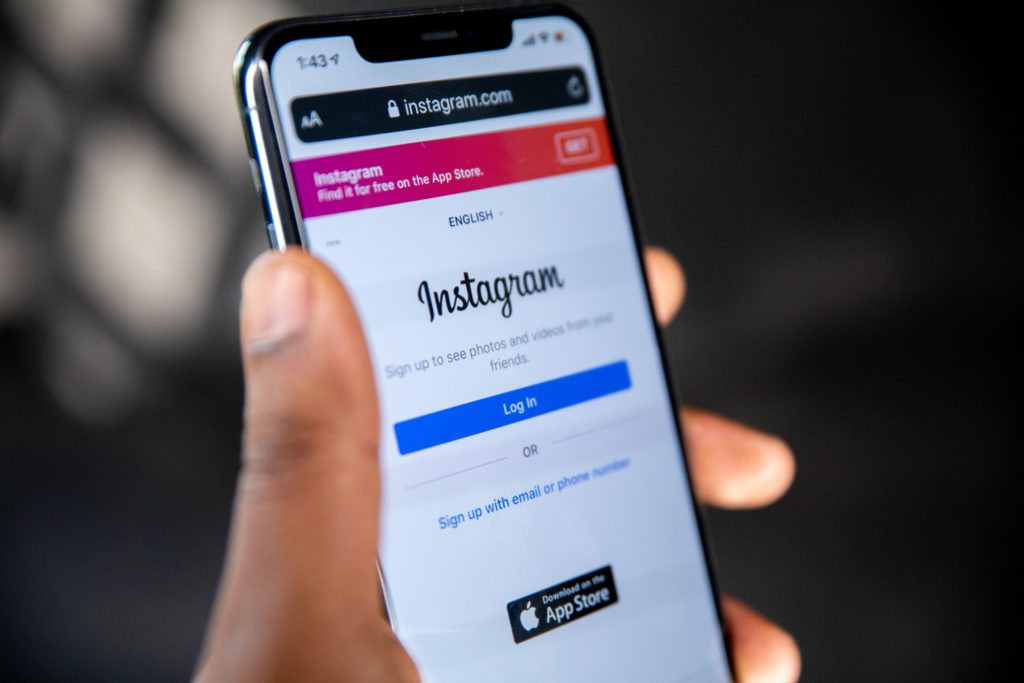
Published September 22, 2022
From cyberbullying and peer pressure to explicit content and websites that encourage self-harm and dangerous fads, even the most careful kid can stumble into dangers online.
As pre-teens and teens average an hour of watching videos online every day, they are regularly exposed to content their parents would never permit them to see in real life. It’s an open secret that the videos that perform best on TikTok are optimized for engagement, not age-appropriateness.
The first line of defense, of course, are parents and their communities. But while these efforts are necessary, they are not enough. Lawmakers from across the political spectrum, including in progressive California, are recognizing the need to tilt the playing field away from Big Tech and toward protecting kids. Giving parents more tools to ensure their children are safe online should be part of a pro-parent policy agenda.
The most important step policymakers could take is to require that all minors receive permission from a parent or legal guardian in order to open an account on a social media site or app, as Thomas Lehrman and the University of Virginia’s Brad Wilcox have suggested.
But the next-level strategy would be to link that parent’s account with their kid’s, giving Mom or Dad administrator-level access to view a child’s messages, videos, preferences and settings. Already, many parents ask their kids for their passwords to their social media sites, although some feel that doing so would suggest a lack of trust. Of course, parents would never have to use that access if they didn’t want to, but having it be the default might help parents be more aware of what their kids are seeing online, and do a better job having conversations about social-media content.
Many of the dangerous social pathologies that exacerbate mental illness, suicide and depression are fueled by online subcultures that aren’t always visible to the undiscerning eye. Even in less harmful domains, many parents who have been surprised by abrupt changes in their teens’ identity, interests and behavior have attributed the changes to social media use of which they were unaware. Parents, even progressive ones, have expressed concerns about what unfettered access to pornography has done to junior high and high school students.
Giving parents the ability to see what kind of content their children are being fed by algorithms or other users could give them an early warning sign. And knowing that Mom or Dad might end up finding a trail of age-inappropriate content might make some kids think twice about clicking on links they shouldn’t.
When it comes to tech and social media, parents across the political spectrum feel overwhelmed; two-thirds of parents tell pollsters they are somewhat or very concerned about their children being the target of online predators or accessing violent or sexually explicit content. And there is a growing bipartisan effort to have the federal government update its ground rules around kids and tech.
The Children’s Online Privacy Protection Act currently provides some basic protections — for example, websites and social media companies can’t collect information on children younger than 13 without their parents’ permission. But the law was passed in the days before MySpace, let alone Snapchat, Instagram or TikTok.
President Joe Biden has called for a ban on collecting data and targeting advertising to minors, which wouldn’t solve the underlying problems facing kids. A more promising federal path is the bipartisan Kids Online Safety Act of 2022, or KOSA, sponsored by Sen. Marsha Blackburn (R-TN) and Sen. Richard Blumenthal (D-CT). The act would require social media platforms to prevent the glorification of certain harmful behaviors (including self-harm and suicide), bolster data privacy for users under 16, and give minors more ability to opt out of algorithmic recommendations. It would make it easier for researchers to study tech’s impact on kids.
Most importantly, KOSA would explore the best ways to implement an age-verification system that would keep kids from being able to access explicit content without producing proof of age, like a driver’s license or bank account. This is a crucial step in a world in which the average age of first exposure to pornography is now around 11 or 12 years old.
But states need not wait for Congress. California’s recently passed law requires online services to turn on the highest privacy settings by default for users under 18, and ban certain forms of data collection and tracking. It offers a modest first step toward a more kid-friendly internet, although it doesn’t go far enough in giving parents more ability to see what their children are seeing online.
Conservatives should take the California legislation and build on it. It’s important to stress that these efforts are not about Big Tech’s content moderation or political censorship; it’s about recognizing that the socially driven pressures facing kids online are too big for any individual parent to stop on their own.
Again, parents will always have the ultimate responsibility for keeping their kids safe online. Earlier this year, my colleagues at the Ethics and Public Policy Center and I put together a parent’s guide to kids and tech, aimed at equipping families to be more aware of some existing tools to filter content and enforce screen time limits. The group Wait Until Eighth, a parent-led grassroots movement, encourages parents to pledge to each other that their child won’t be given a cell phone until eighth grade.
But parents also need help from policymakers. Building better guardrails around how children interact online is like painting a crosswalk on a busy street. Nothing can guarantee they won’t find danger, but by changing the infrastructure, we can make it less likely they will stumble into harm. Similarly, changing our digital infrastructure to err on the side of protecting kids should be a top priority.
Pro-family conservatives should be heartened that even progressive states are starting to address the perils facing kids online. Giving parents more tools to shape and monitor the digital environment their child will spend time in should be a fundamental part of a pro-family agenda, and possibly even an area for bipartisan compromise.
Patrick T. Brown is a fellow at the Ethics and Public Policy Center, where his work with the Life and Family Initiative focuses on developing a robust pro-family economic agenda and supporting families as the cornerstone of a healthy and flourishing society.
Photo by Solen Feyissa on Unsplash
Patrick T. Brown is a fellow at the Ethics and Public Policy Center, where his work with the Life and Family Initiative focuses on developing a robust pro-family economic agenda and supporting families as the cornerstone of a healthy and flourishing society.












